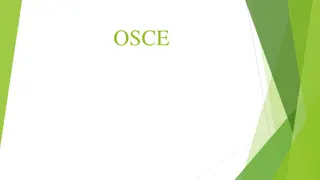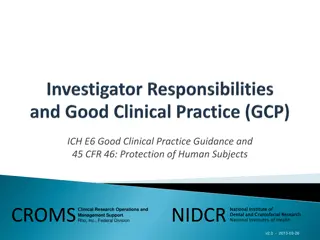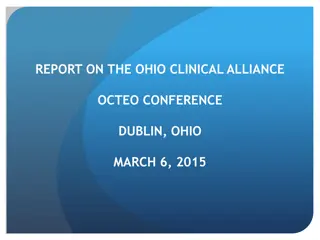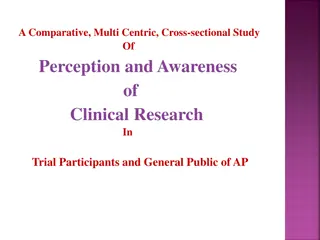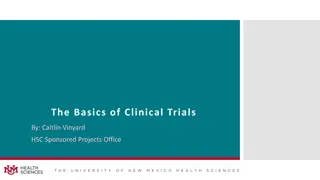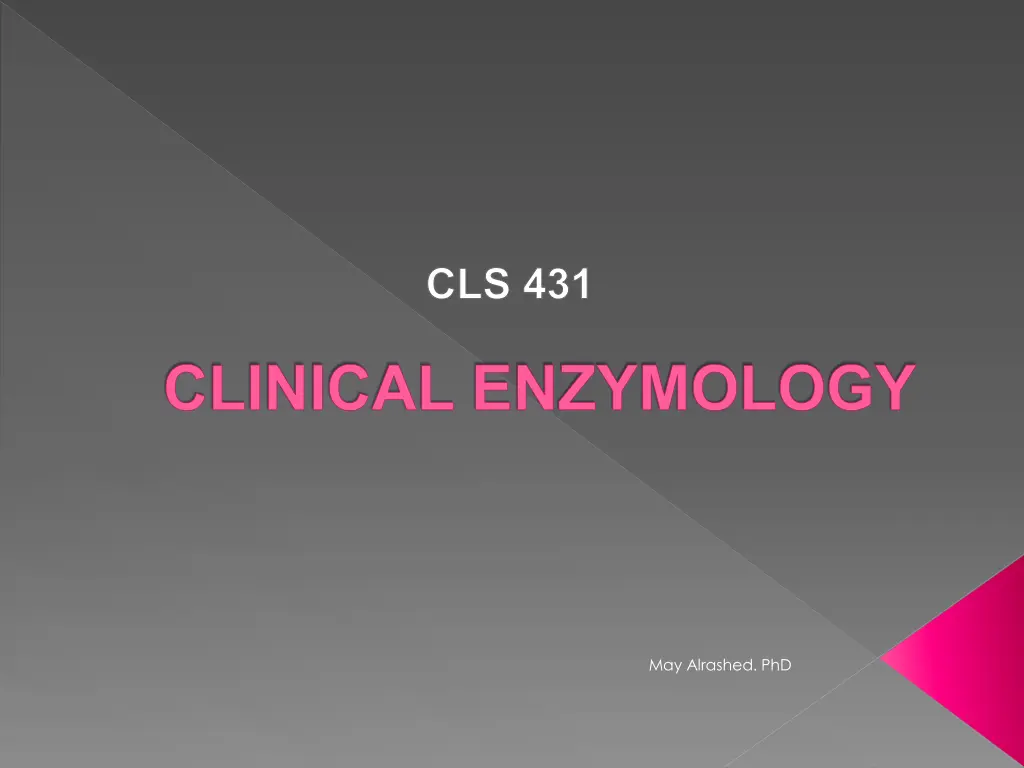
Understanding Enzymes: Structure, Function, and Role of Cofactors
Explore the world of enzymes with insights on their structure, function, and the crucial role of cofactors such as coenzymes and metal ions. Dive into the active site's significance and the various models explaining substrate binding in enzymes.
Download Presentation

Please find below an Image/Link to download the presentation.
The content on the website is provided AS IS for your information and personal use only. It may not be sold, licensed, or shared on other websites without obtaining consent from the author. If you encounter any issues during the download, it is possible that the publisher has removed the file from their server.
You are allowed to download the files provided on this website for personal or commercial use, subject to the condition that they are used lawfully. All files are the property of their respective owners.
The content on the website is provided AS IS for your information and personal use only. It may not be sold, licensed, or shared on other websites without obtaining consent from the author.
E N D
Presentation Transcript
CLS 431 CLINICAL ENZYMOLOGY May Alrashed. PhD
General properties Enzymes are protein catalyst that increase the velocity of a chemical reaction. Enzymes are not consumed during the reaction they catalyzed. With the exception of catalytic RNA molecules, or ribozymes, enzymes are proteins. In addition to being highly efficient, enzymes are also extremely selective catalysts. May Alrashed. PhD
Coenzymes and Cofactors Cofactors can be subdivided into two groups: metals and small organic molecules. Cofactors that are small organic molecules are called coenzymes. Most common cofactor are also metal ions. If tightly bound, the cofactors are called prosthetic groups. Loosely bound Cofactors serve functions similar to those of prosthetic groups but bind in a transient, dissociable manner either to the enzyme or to a substrate. May Alrashed. PhD
Coenzymes May Alrashed. PhD
Prosthetic group Metals are the most common prosthetic groups. Tightly integrated into the enzyme structure by covalent or non-covalent forces. e.g; Pyridoxal phosphate Flavin mononucleotide( FMN) Flavin adenine dinucleotide(FAD) Thiamin pyrophosphate (TPP) Biotin Metal ions Co, Cu, Mg, Mn, Zn May Alrashed. PhD
Role of metal ions Enzymes that contain tightly bound metal ions are termed Metalloenzymes. Enzymes that require metal ions as loosely bound cofactors are termed as metal-activated enzymes. Metal ions facilitate Binding and orientation of the substrate. Formation of covalent bonds with reaction intermediates. Interact with substrate to render them more electrophilic or nucleophilic. May Alrashed. PhD
Active Site Active site is a region in the enzyme that binds substrates and cofactors. Takes the form of a cleft or pocket. Takes up a relatively small part of the total volume of an enzyme. Substrates are bound to enzymes by multiple weak attractions. The specificity of binding depends on the precisely defined arrangement of atoms in an active site. The active sites of multimeric enzymes are located at the interface between subunits and recruit residues from more than one monomer. May Alrashed. PhD
Active Site Two models have been proposed to explain how an enzyme binds its substrate: lock-and key model. Induced-fit model. May Alrashed. PhD
Lock & Key Model of Enzyme- Substrate Binding In this model, the active site of the unbound enzyme is complementary in shape to the substrate. 10 May Alrashed. PhD
Induced-Fit Model of Enzyme- Substrate Binding In this model, the enzyme changes shape on substrate binding. The active site forms a shape complementary to the substrate only after the substrate has been bound. May Alrashed. PhD
Mechanism of Action of Enzymes How do enzymes catalyze? May Alrashed. PhD






